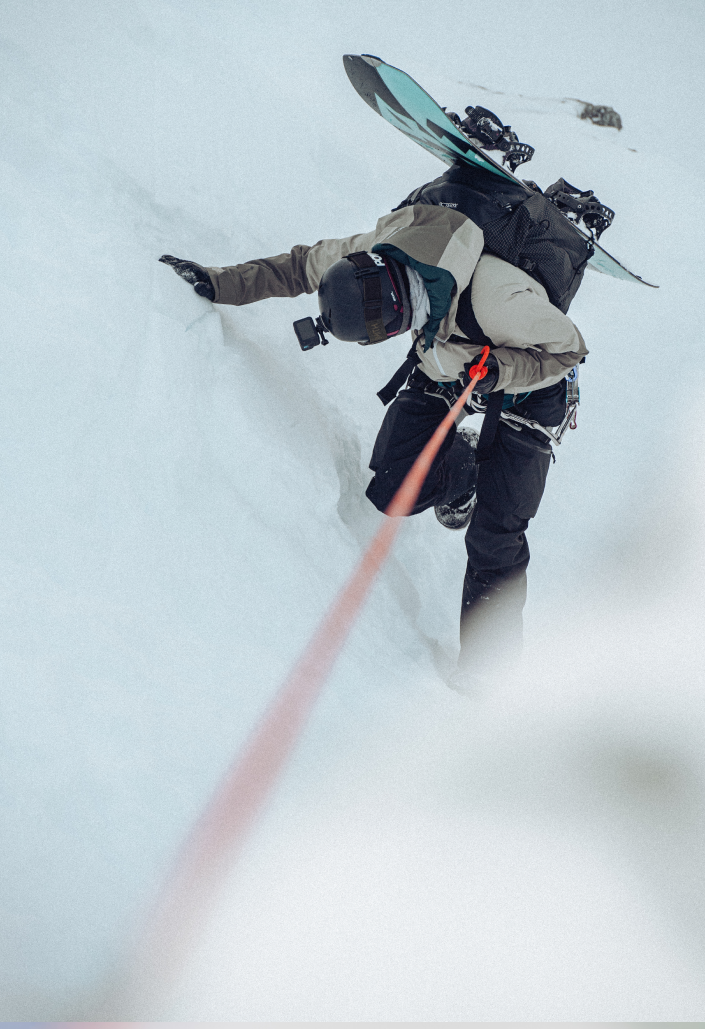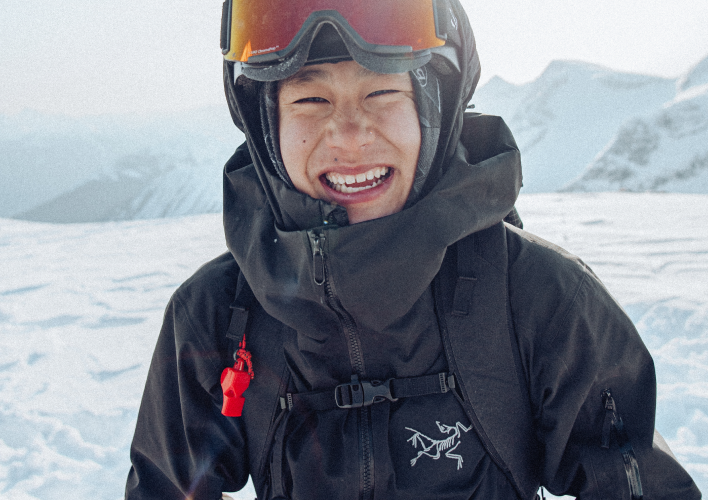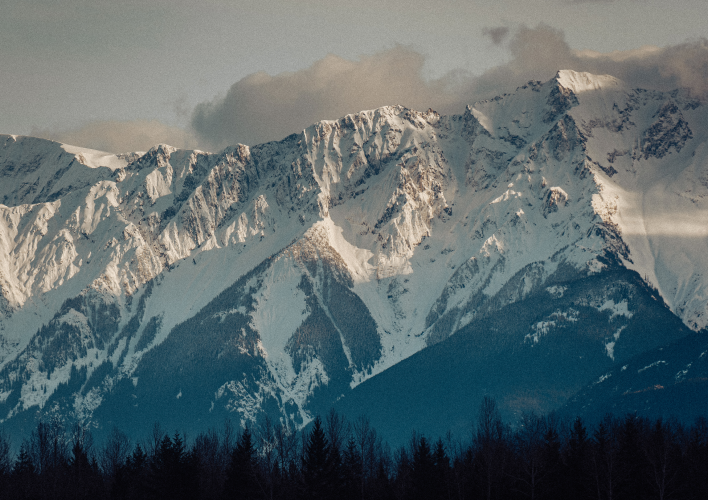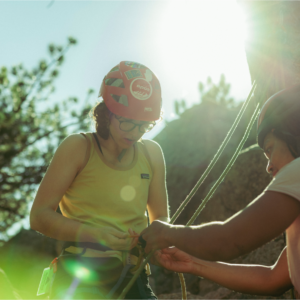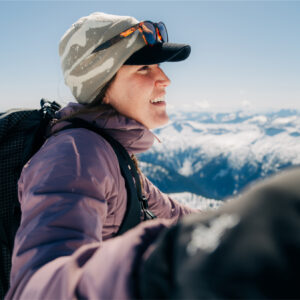Sacred Line

What does it mean to reconnect with land and tradition?
For Riki and Talon Pascal, two teenage boys from the Líl̓wat Nation, it means looking up, seeing a mountain, and believing the mountain is meant for them.
“Skiing Mount Currie [Ts̓zil] is no small feat,” says Indigenous split-boarder, Arc’teryx ambassador, and leader and mentor for Indigenous communities through sport Sandy Ward. “It’s an entity. It’s power. It’s alive.”
Coached by Sandy and Morgan Fleury, the brothers begin a multi-month lesson with the hopes of skiing down the sacred mountain that’s been the backdrop of their youth and for generations of Lil’wat people.
But with chattering skis and full body slides down practice runs, they had a long way to go. “It’s very much an alpine terrain with no fall zones,” says Fleury, looking at the Central Couloir of Ts̓zil — the line they’ve chosen to ski. “Every turn matters.”
Looking up at the mountain, it beckons. The wind speaks. The snow is alive. Pulled by its magic and full of youthful optimism, the boys pick themselves up after each fall, shake off the snow, and ask their coaches, “like this?” Slowly, they get acquainted with the backcountry terrain, find their balance, and see success on steeper lines.
“It’s important that the youth from Líl̓wat get to ski the mountain we grew up below,” says Sandy. “That they come out onto the land and reconnect with it in a new way.”
This connection encompasses culture, lineage, spirituality, and identity. To go out onto the land and connect with it is to reconnect with tens of thousands of years of their history and people.
“I’ve looked at that mountain every day of my life,” says Riki. “What kind of animals are up there? What’s waiting? How will I be able to ski down it?”
Blanketing the skyline of the Pemberton Valley, the mountain bridges generations of Líl̓wat People with myth and story, with avalanches and storms, with the potential it holds. “It’s definitely opened my eyes,” says Talon. “For me, saying yes to skiing Mount Currie, I knew it was going to be a good experience to learn.”
From touring to climbing in crampons, the boys gain enough knowledge to head on to the mountain. “Training up for this has made me more confident,” says Riki.
Looking up at Ts̓zil, Riki and Talon eye the line they’ll ride. “When I was growing up, I didn’t see anybody like me doing this,” says Sandy.
Between earth and silence, the teenagers set out. They link turns, connecting with the mountain and with millennia of tradition and story. Their tracks are a symbol of their transformation, a gift given and received, proof that they’re here — that there are things no one can take away from us.
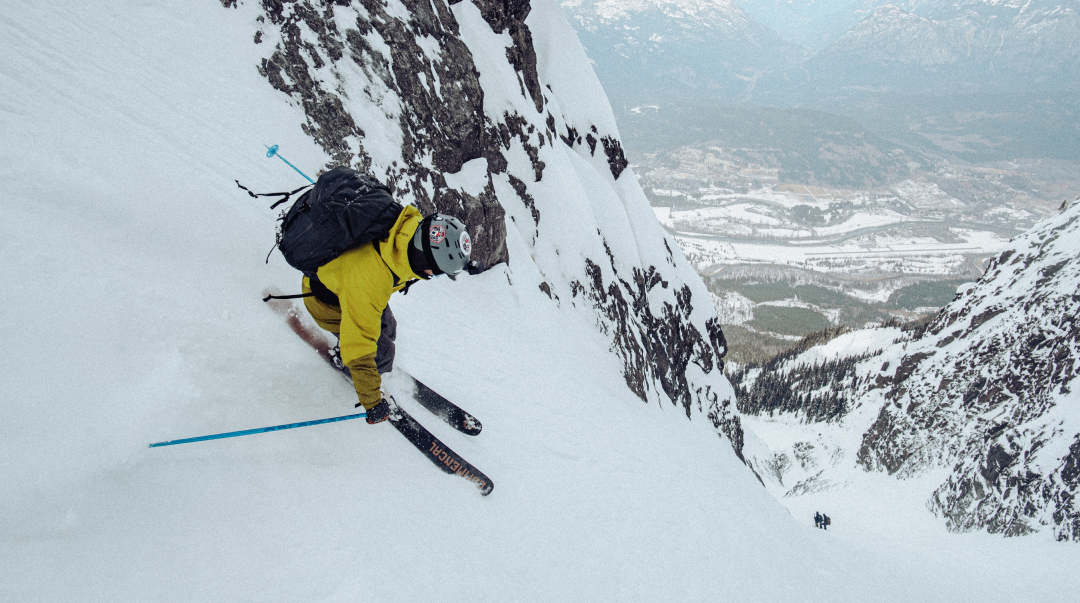
 Training for this has made me way more confident
Training for this has made me way more confident
